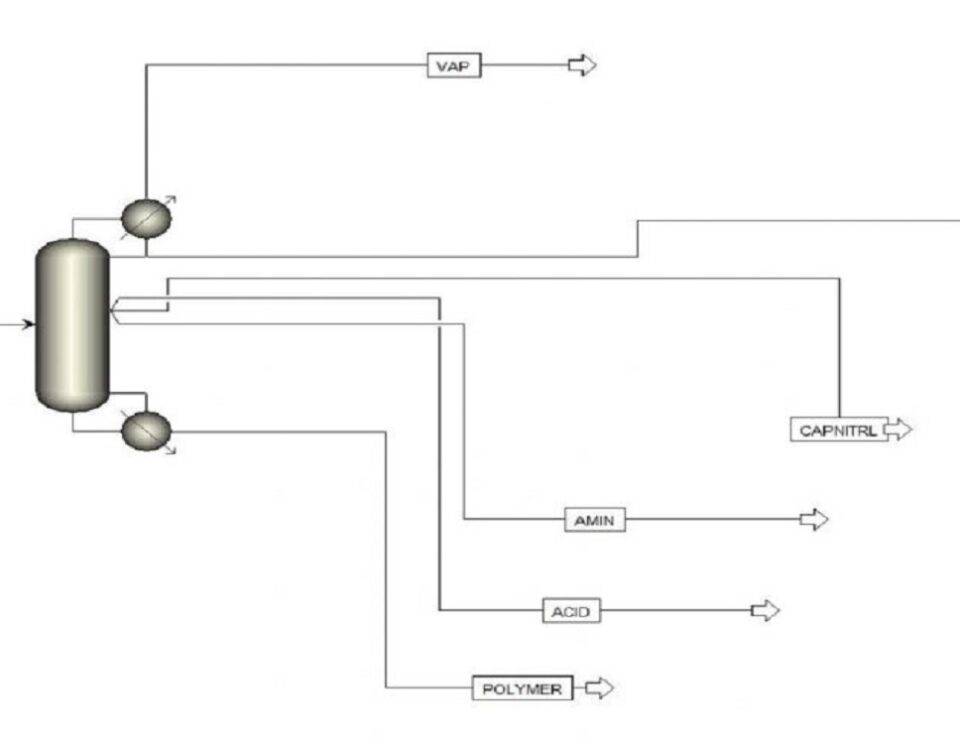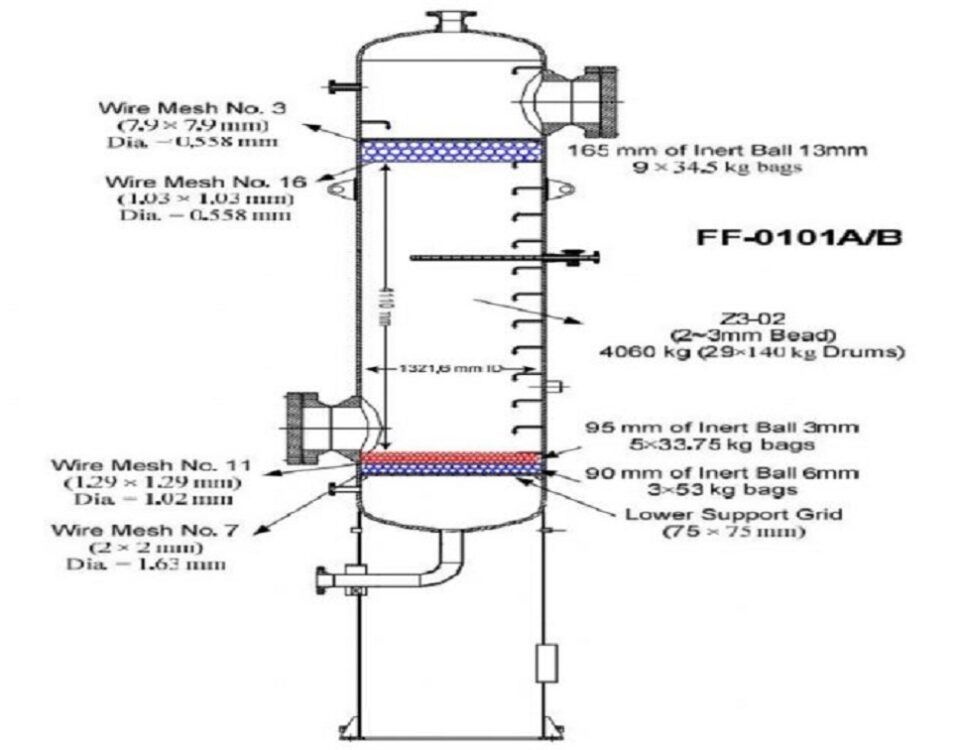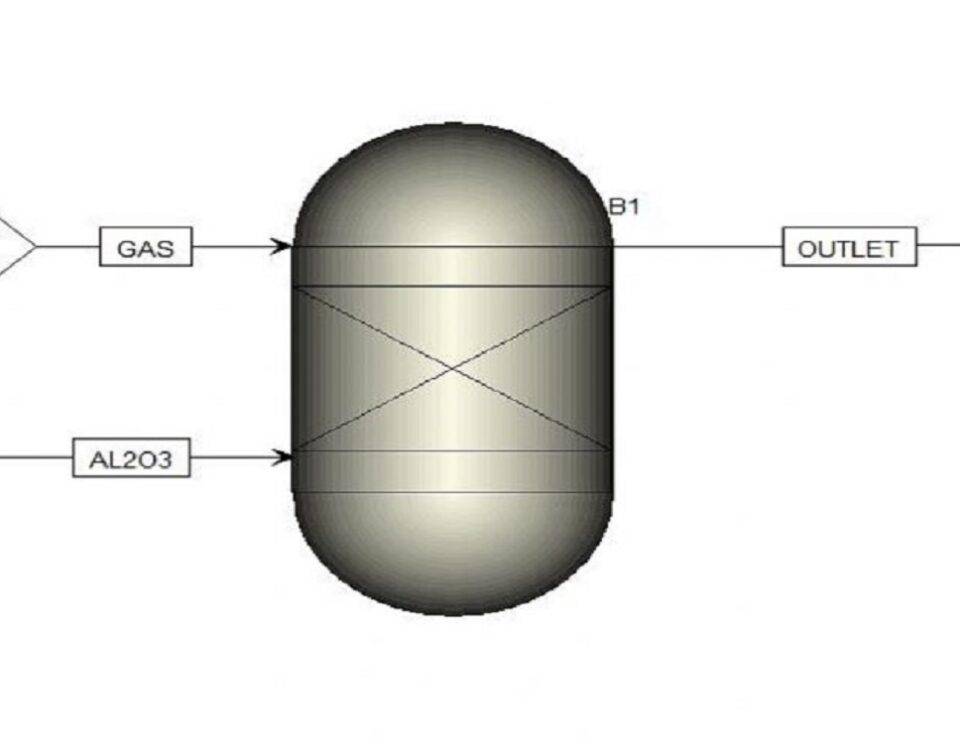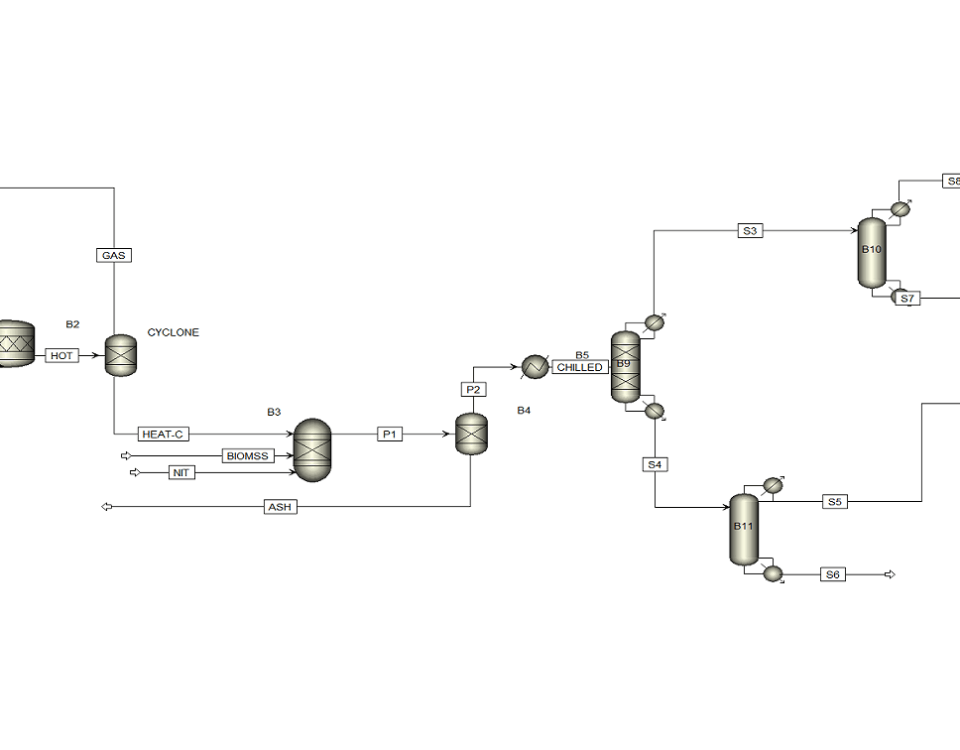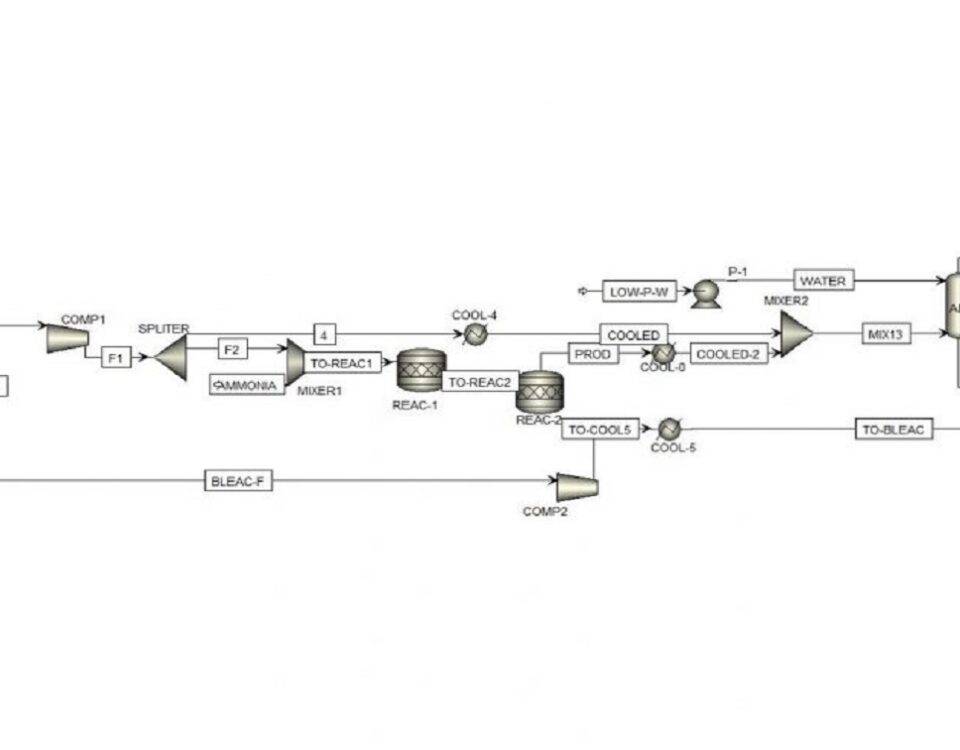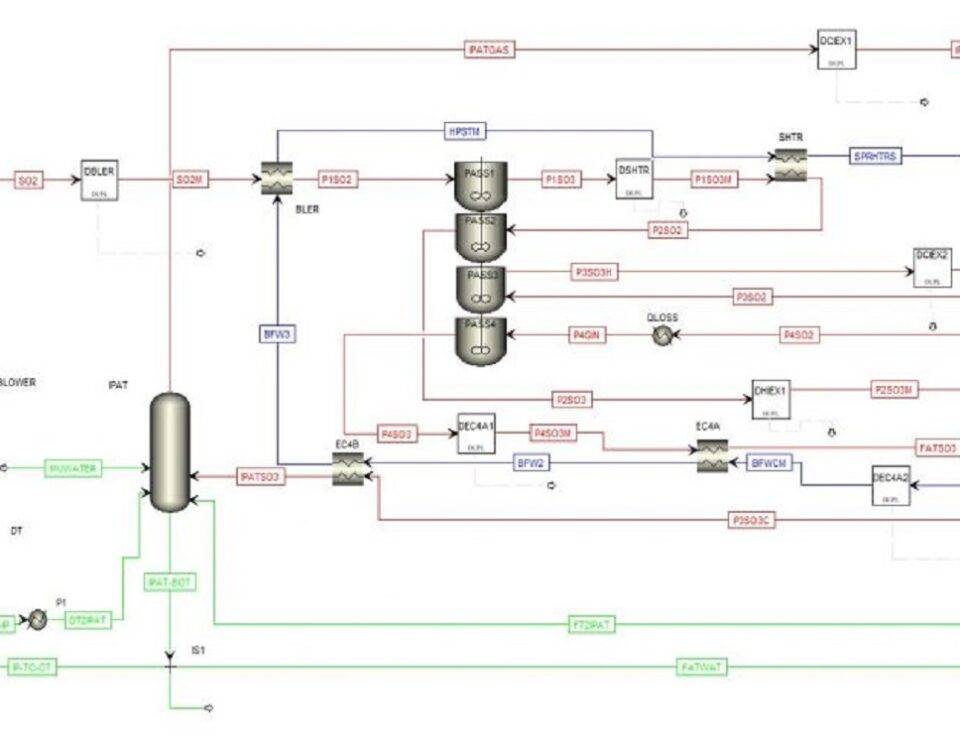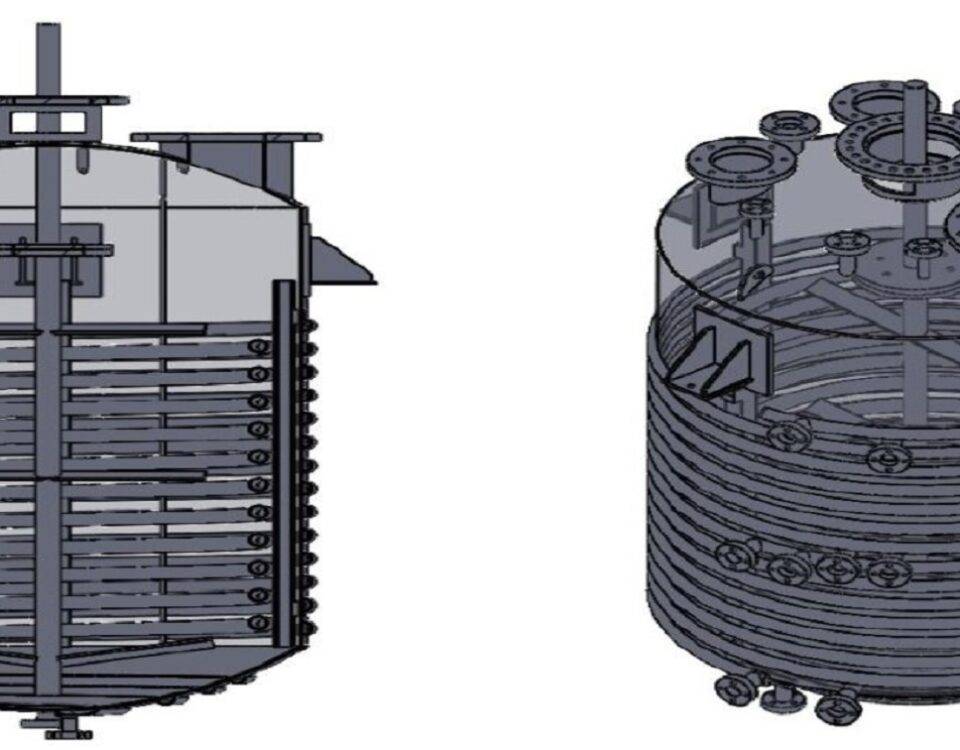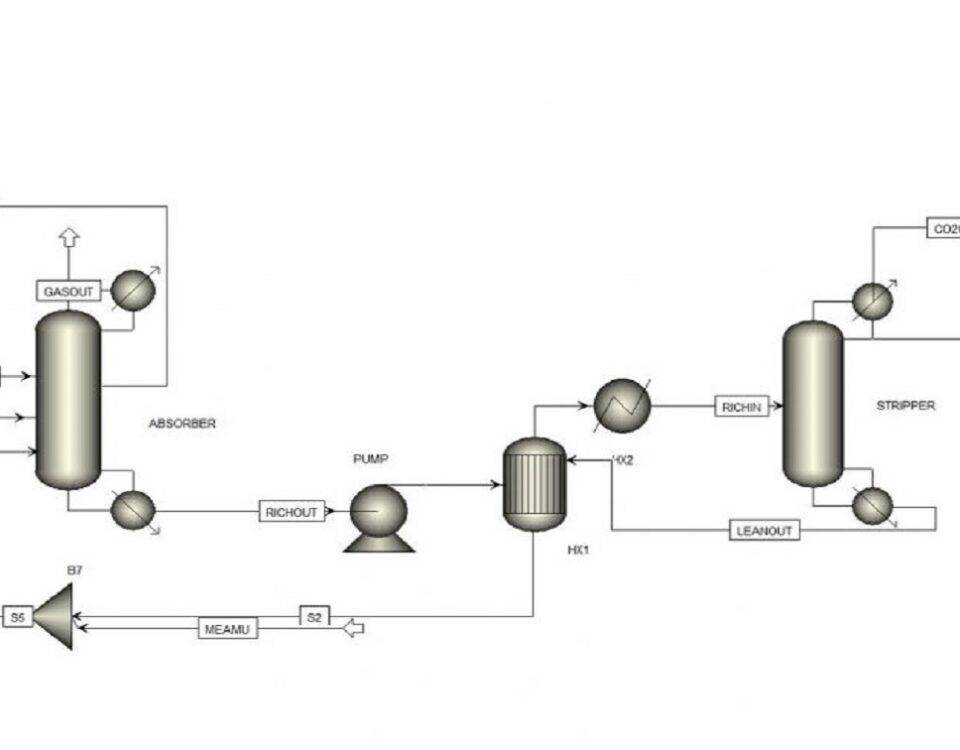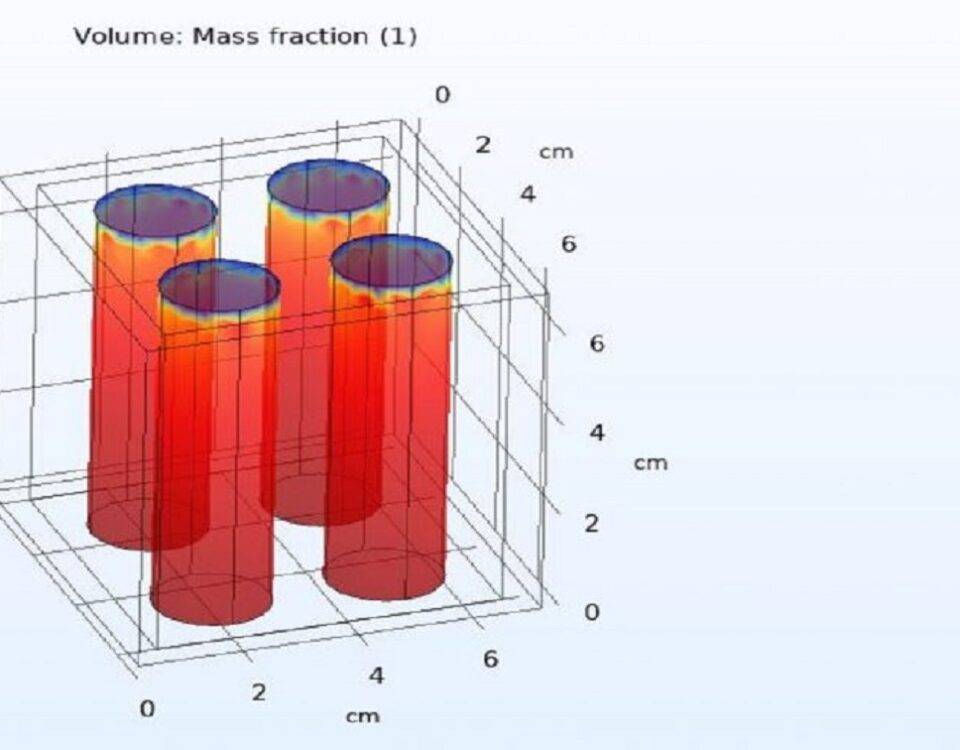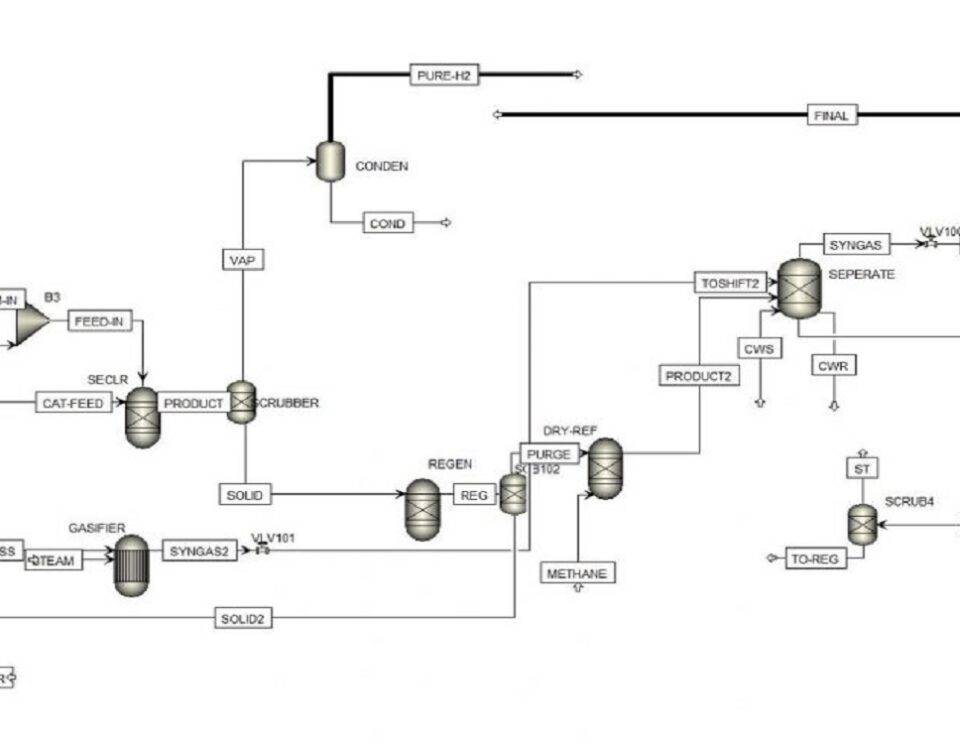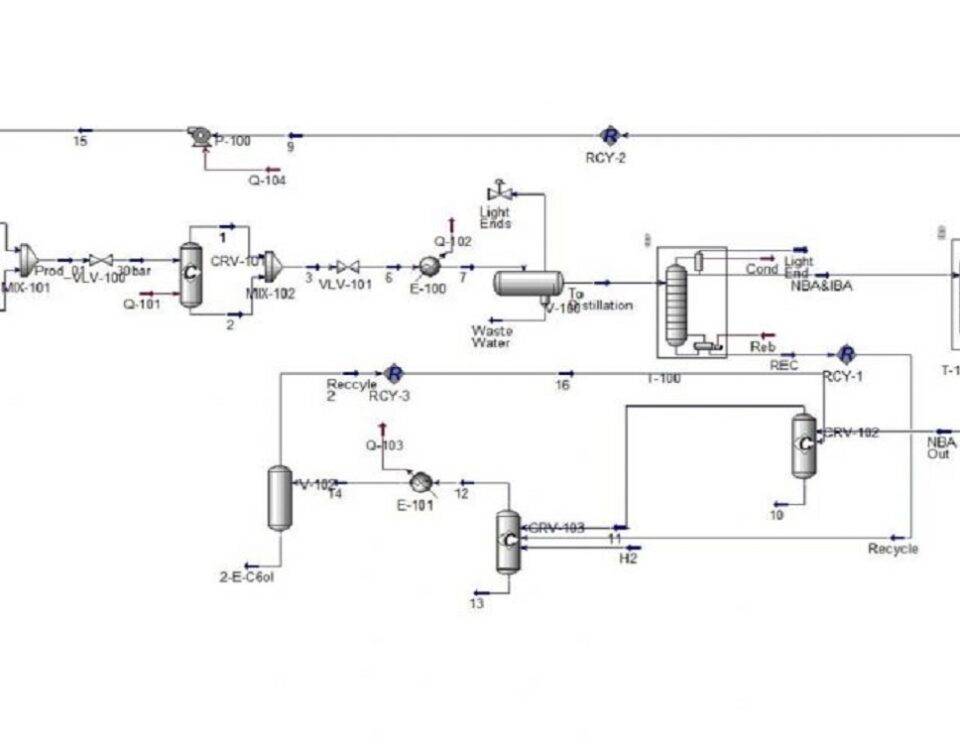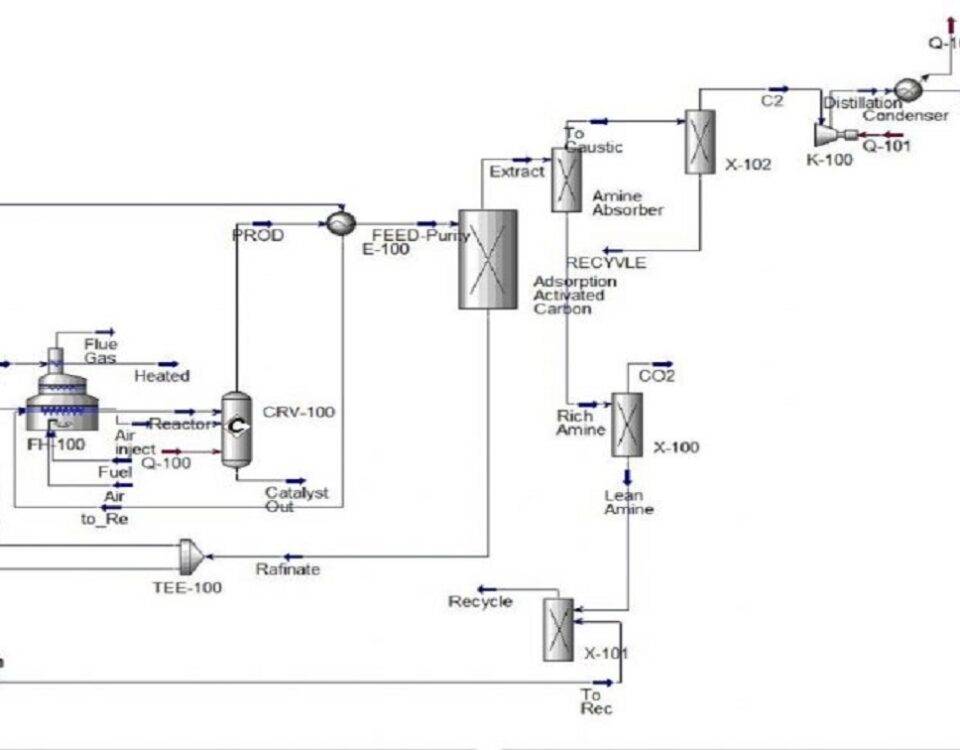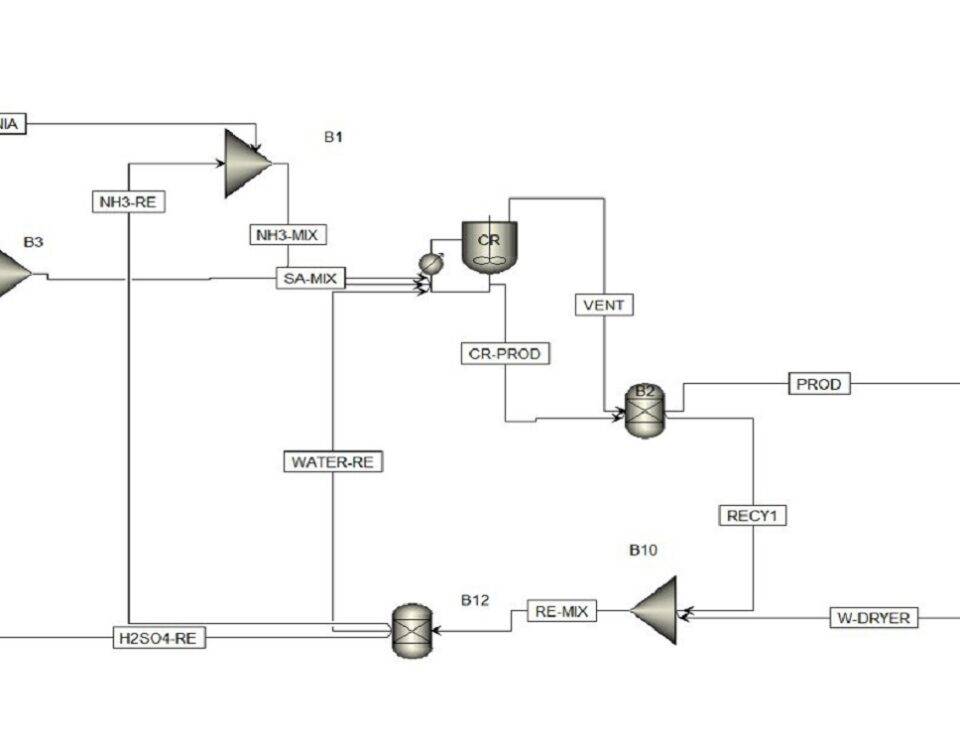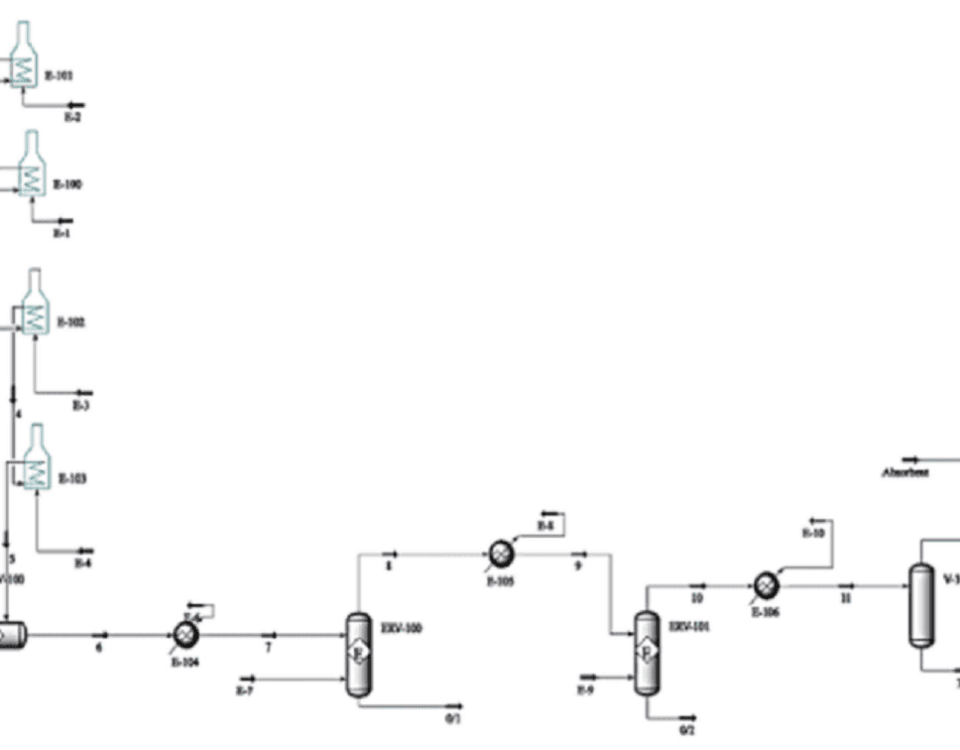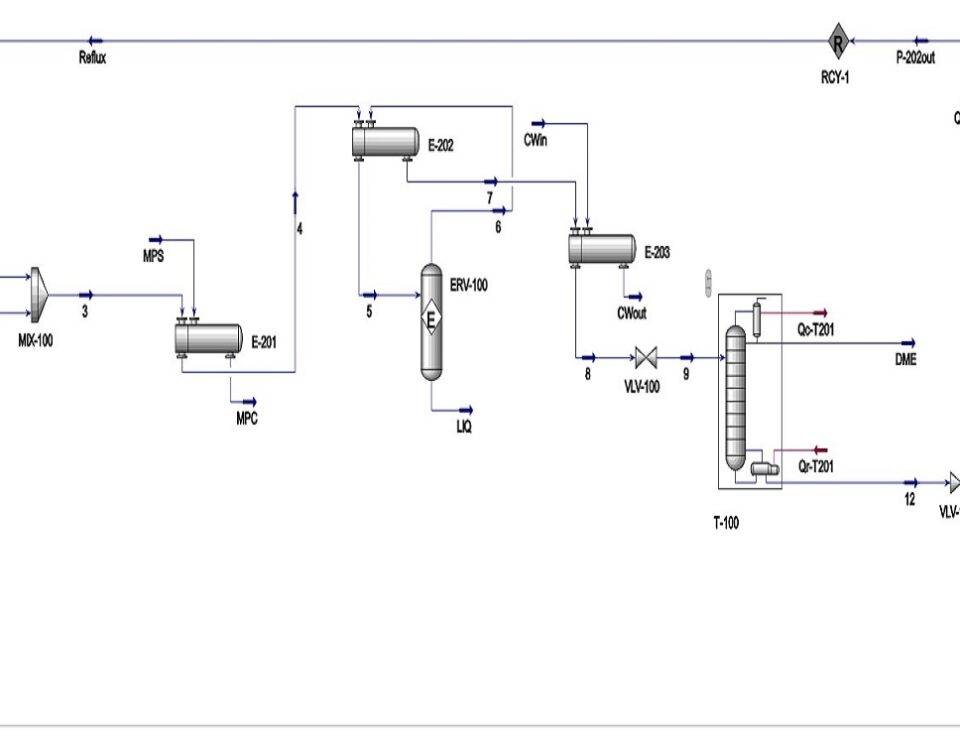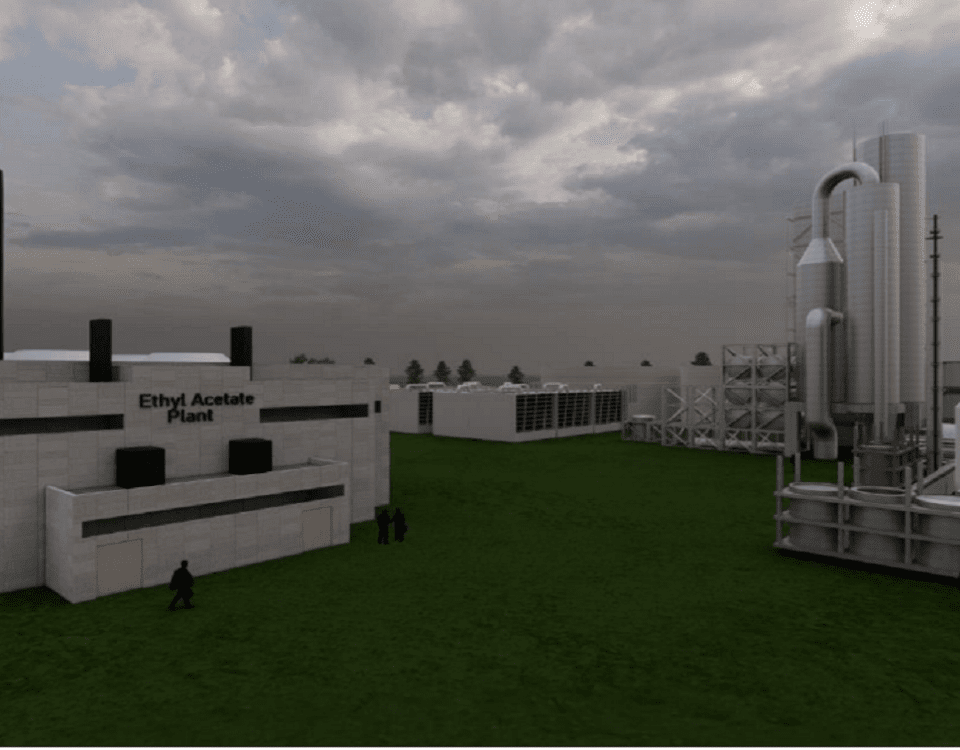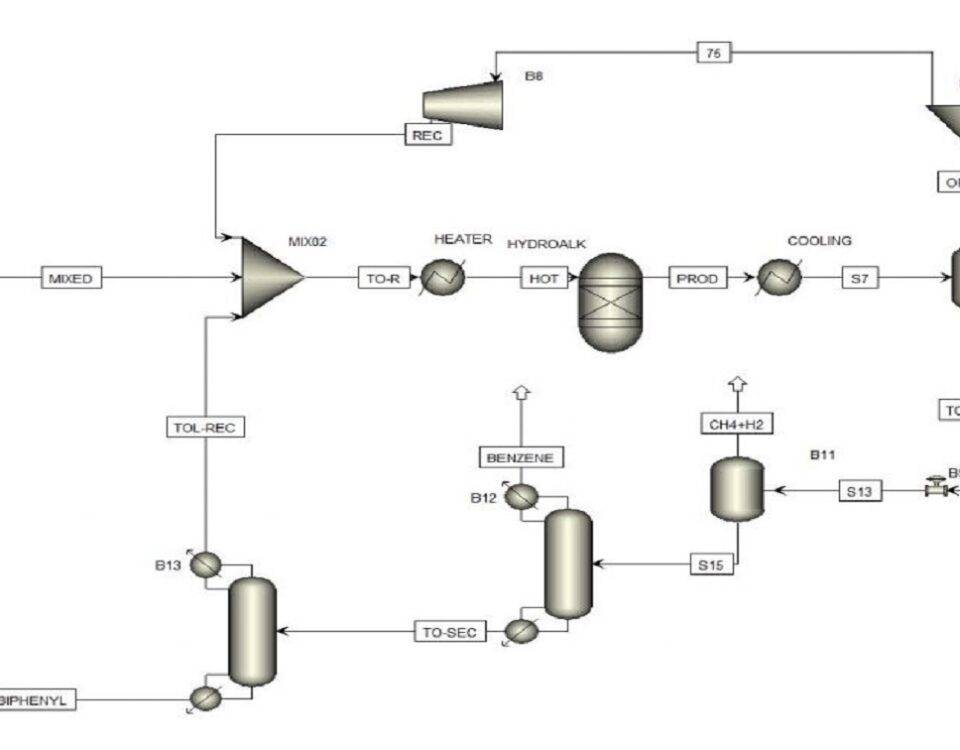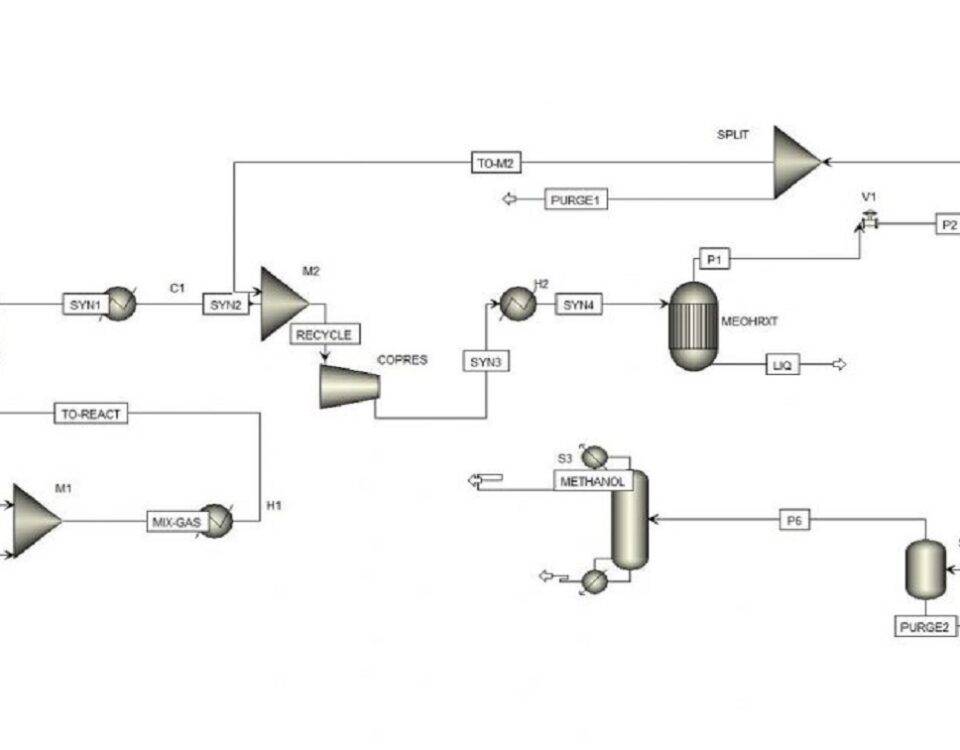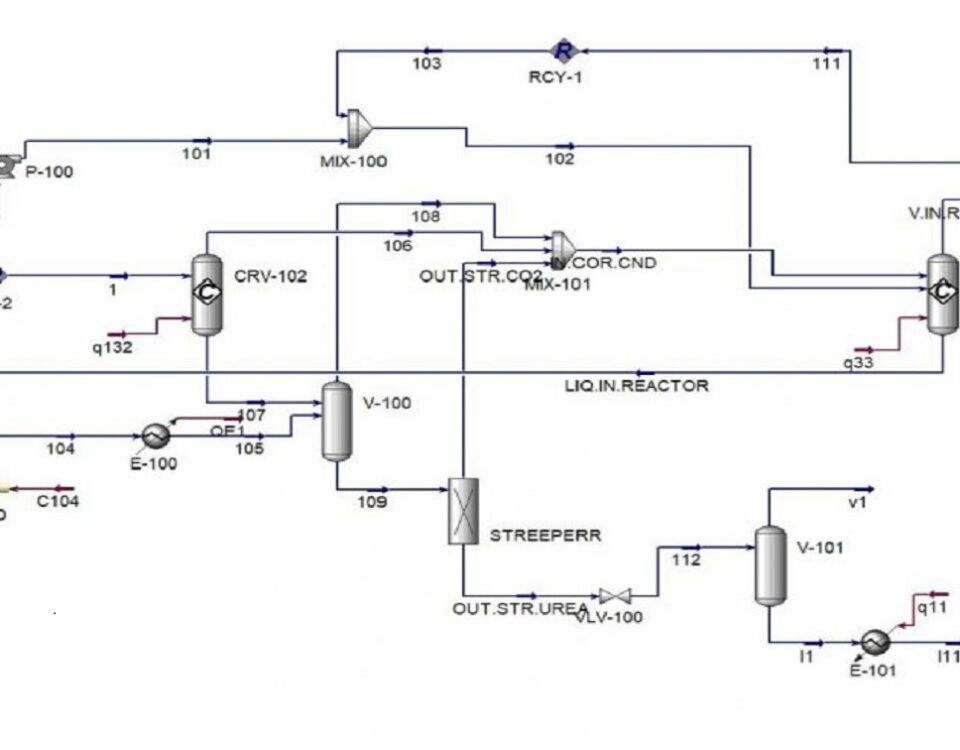- item-all
- (COMFAR) ECONOMIC
- (Datasheet) EQ. Sizing and Design
- Academic projects
- ANSYS Fluent
- ASPEN ADSIM
- Aspen Custom Modeler
- ASPEN EDR
- ASPEN Energy Analyzer (Pinch)
- ASPEN HYSYS
- ASPEN PLUS
- AutoCAD(2D Planning & 3D Equipment Design)
- Basic Engineering
- CATIA
- COMSOL _Multiphysics
- Conceptual Design
- Consequence Analysis
- Construction
- Current academic project
- Current industrial project
- Detailed Engineering
- Drafting (PFD-PID)
- DWSIM
- Energy/Exergy Analysis
- Engineering
- FEED
- FORTRAN
- FS/COMFAR-
- GAMBIT Fluent
- Industrial and semi-industrial projects
- MATLAB
- MC
- Optimization
- PFD P&ID
- PHAST
- Procurement
- REVIT & PDMS
- Sample of ChemEngProj
- SOLIDWORK
- Technical knowledge (License)
- Introduction Plastics encompass a vast array of polymeric materials, constituting approximately 56% of all industrial polymers. Deriving from the Greek word “plastikos” meaning “capable of being […]
- Description The need to know the most optimal process is one of the most important issues that is accepted by all designers in the world today. […]
- Introduction The primary feedstocks for ammonia production units are sweet gas (methane) and atmospheric nitrogen. Methane, when mixed with steam and reacted in a primary reformer, […]
- Introduction Propylene, also known as propene or methyl ethylene, is readily obtained from light petroleum fractions. It can be produced by steam cracking of propane and […]
- Introduction Poly Aluminum Chloride (PAC), a widely used coagulant in water and wastewater treatment, is available in both food-grade and industrial-grade forms. It is also known […]
- Introduction The goal of this project is to simulate a reforming unit using the reaction of natural gas with carbon dioxide to produce dimethyl ether (DME). […]
- Introduction Bagasse, a fibrous byproduct of sugarcane processing, is derived from the residue left after sugarcane stalks are crushed to extract juice. This lignocellulosic material has […]
- Introduction Nitric acid is a strong acid with high oxidizing properties. When heated at atmospheric pressure, it boils at 78.2°C and begins to decompose, eventually forming […]
- Introduction Sulfuric acid, as one of the most important and widely used chemicals in the industry, plays a key role in various production processes. This compound […]
- Introduction 3D design of reactors as one of the key steps in chemical engineering. And industrial processes provide the possibility of realizing precise and optimal designs. […]
- Introduction Isopropyl alcohol is a colorless, flammable liquid with a pungent odor. It is widely used as a solvent and disinfectant, particularly for dissolving oils. Isopropanol […]
- Introduction Most CO2 separation processes rely on physical or chemical absorption of this substance in a suitable solvent. In physical absorption, the efficiency of the process […]
- Introduction The primary feedstocks for ammonia production units are sweet gases (methane) and atmospheric nitrogen. Methane gas, after being mixed with steam and undergoing a reaction […]
- Introduction Liquefied Natural Gas (LNG) refers to natural gas that has been temporarily converted into a liquid state for the purpose of storage or transportation in […]
- Introduction The primary feedstock for ammonia production units consists of sweet gases (primarily methane) and atmospheric nitrogen. Methane, when mixed with steam and subjected to a […]
- Introduction 2-Ethylhexanol is a flammable liquid that can ignite when in contact with strong oxidizing agents. Appearing as a colorless, clear liquid, it is classified as […]
- Introduction Unlike traditional ethylene production processes that rely on steam cracking of naphtha, direct methane conversion technologies offer a promising alternative. However, these processes, which require […]
- Introduction Ammonium sulfate is a chemical compound formed by combining ammonia (an alkaline gas) and sulfuric acid (a strong acid). It typically appears as fine granules […]
- Introduction Fossil fuel resources worldwide are rapidly depleting while global energy consumption continues to rise. This has increased the need for alternative and new energy sources. […]
- Introduction Dimethyl ether (DME), the simplest aliphatic ether, is a colorless, ether-like odor, non-toxic, highly flammable gas that is soluble in water and alcohol. Also known […]
- Introduction The purpose of this project is to build a chemical plant that produces ethyl acetate which will be used as a solvent in synthetic fragrance […]
- Description Benzene is one of the most widely used substances in the world, which is used in the production of nylons, polystyrene, synthetic rubber, detergents, etc. […]
- Description Methanol, methyl alcohol, carbinol or wood alcohol, which is the simplest type of alcohol. It is known by the chemical formula CH3OH. Methanol is produced […]
- Description Ammonium bicarbonate (commonly known as ammonium hydrogen carbonate) is a mild mineral compound and a common reagent in industrial and research methods. This substance is […]
